Understanding the One Big Beautiful Bill Act (OBBBA) with Brian Fortune, Founder, Farragut Square Group
Some of our clients










































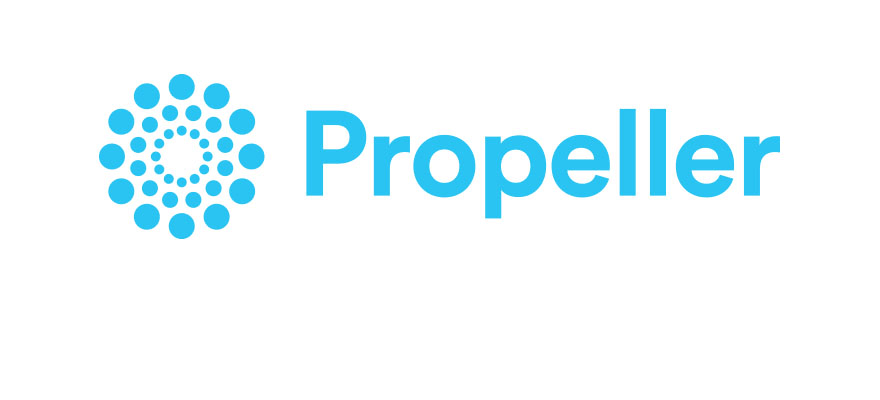

































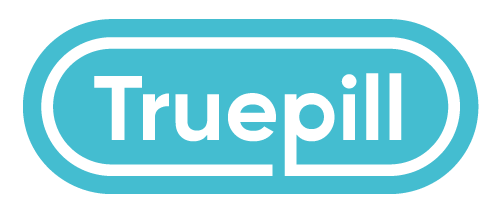





































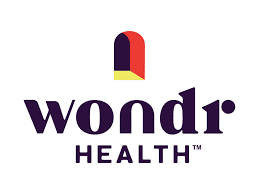







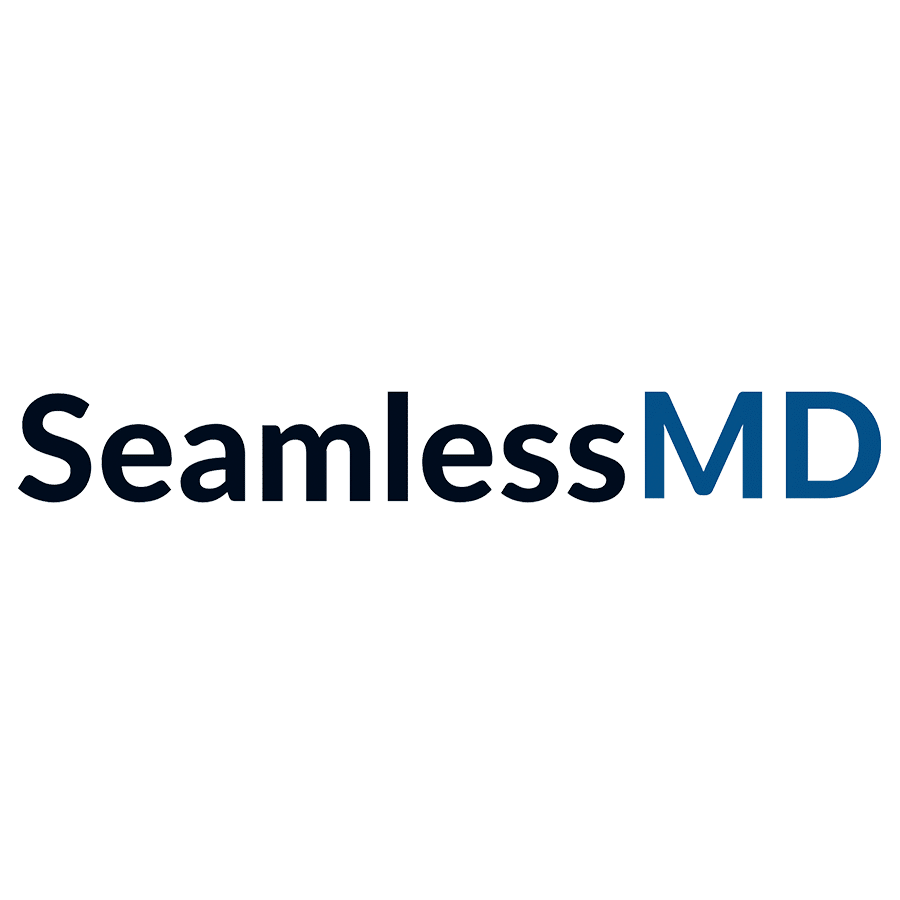






































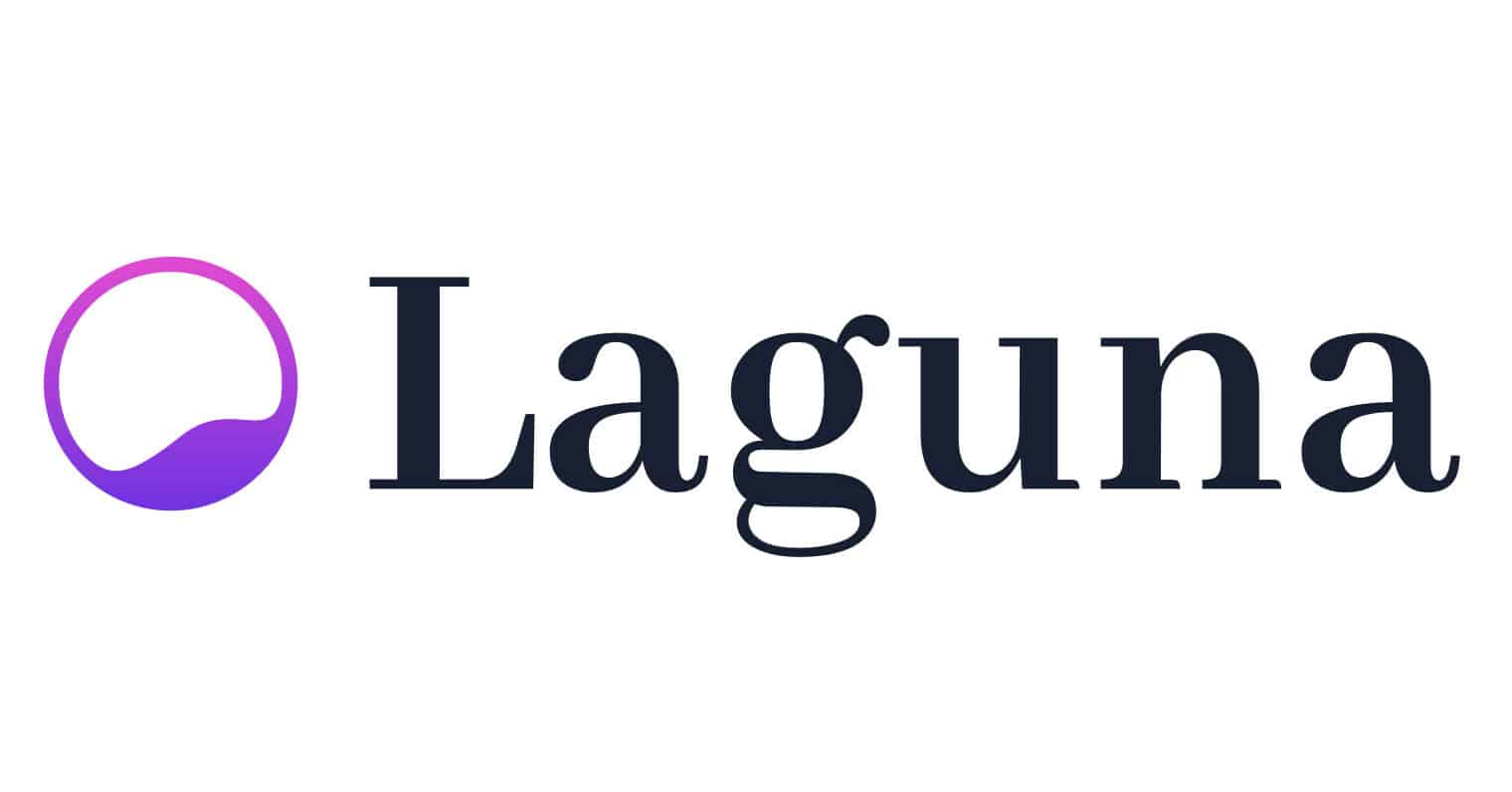











































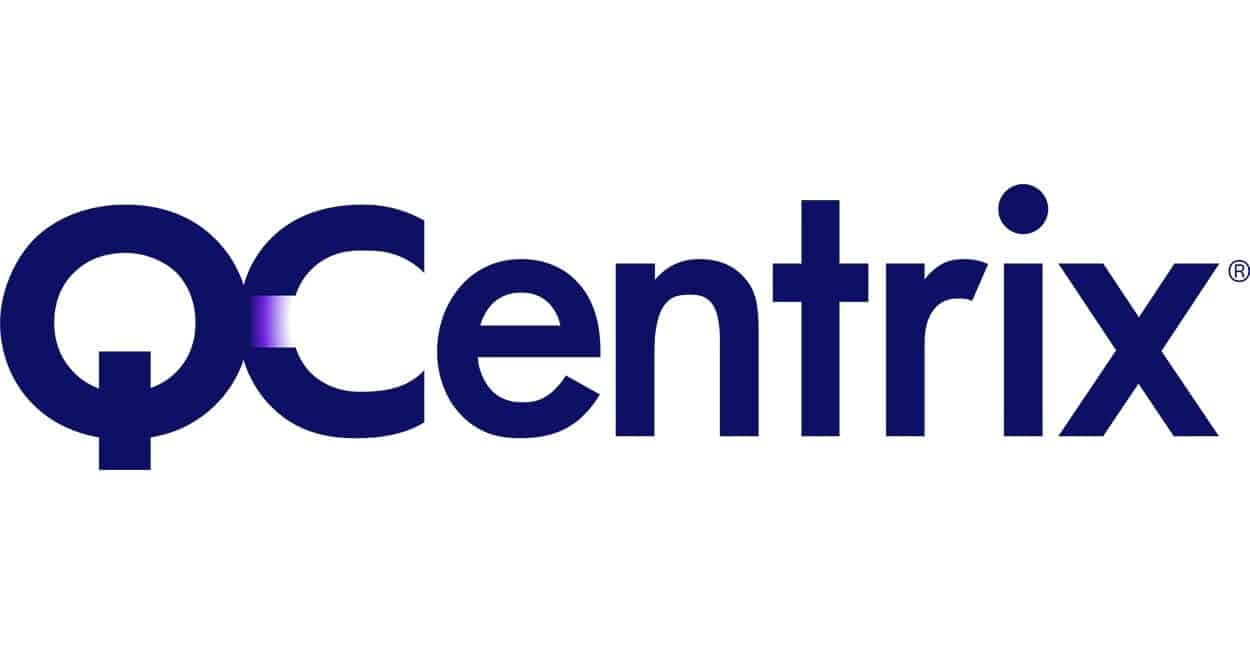




































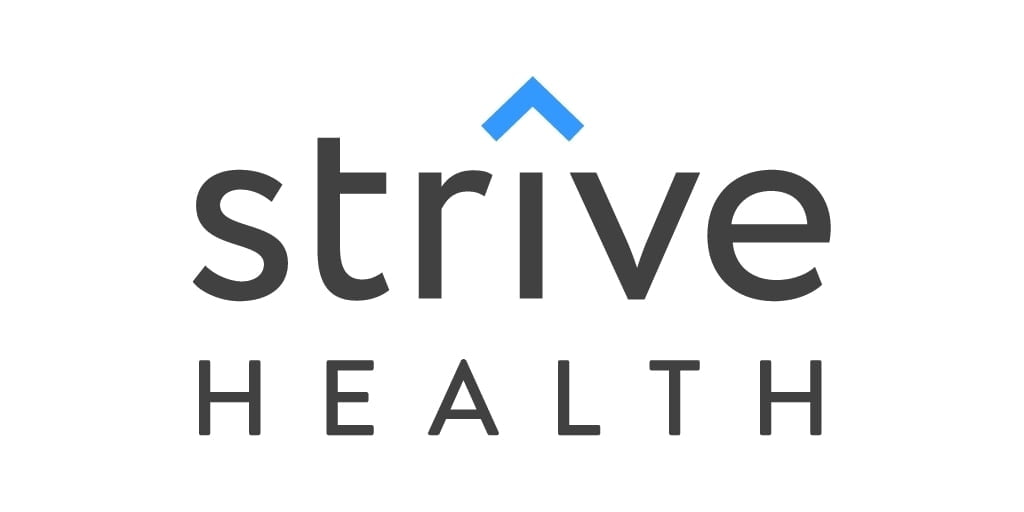



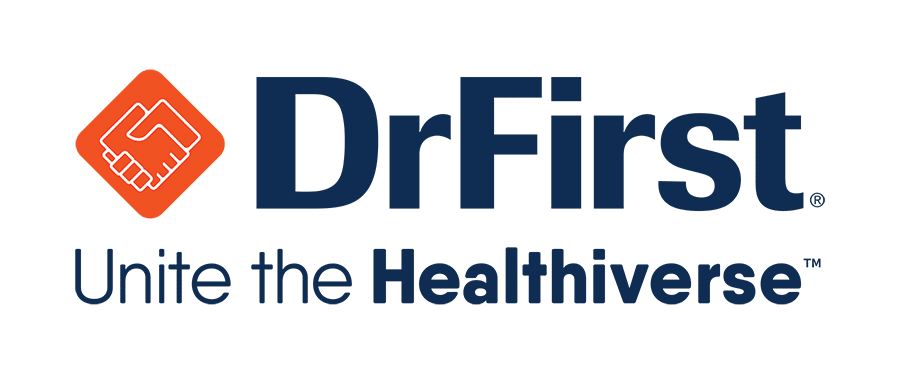


















As we enter 2018 with the JPMorgan Healthcare Conference upon us, we took time for this roundtable to see what the experts say is really happening with recent trends in value-based care. Consistent with our conversations in the marketplace, we’re seeing growing consensus that value-based care is inevitable, fueled by real-world advancements and a strong consumer demand that is forcing this evolution to become a reality. In this roundtable and in our conversations with executives across the payer (including PBM) and provider ecosystem, it’s clear that healthcare organizations are increasingly more committed to breaking down long-established silos—and that is incredibly exciting for our industry and the patients it serves.
THE PANELISTS
Tracy Bahl serves as Executive Vice President, Health Plans, at CVS Caremark. In this role, Tracy is responsible for the growth, profitability and performance of the company’s business serving health plans, insurance companies and other healthcare payers. Prior to joining CVS Caremark in 2013, Tracy served as a Special Advisor at General Atlantic, a global growth equity firm, where he focused on activities in the healthcare sector.
Michael Sherman is Chief Medical Officer & Senior Vice President, Health Services—Harvard Pilgrim Health Care. As Harvard Pilgrim’s chief physician executive, Michael has focused the organization on introducing innovative outcomes-based reimbursement models, including both primary care and specialty Medical Homes and bundled payments for a variety of procedures. He has also been a pioneer in developing outcomes-based payment agreements with pharmaceutical companies that go beyond the historical “pay for pill” approach and tie reimbursement to patient outcomes.
Patrick Conway is President and CEO at Blue Cross North Carolina. Patrick was Deputy Administrator for Innovation and Quality, Chief Medical Officer of CMS and Director of the Center for Medicare and Medicaid Innovation (CMMI) previously. At Blue Cross, he is trying to lead the development of a Model Blue that delivers better health outcomes, lower costs, and best-in-class customer service experience to its members.
Scott Weingarten is Chief Clinical Transformation Officer for Cedars-Sinai Health System, where he is helping Cedars-Sinai prepare for the transition from fee-for-service to fee-for-value across the health system. Scott is also Chairman of the Board of Stanson Health, a clinical decision support company that works with approximately 350 hospitals and 100,000 physicians. Cedars-Sinai is the majority owner of Stanson Health.
What has been the biggest shift in your strategy as a result of value-based care?
BAHL We see value-based care as a fundamental paradigm shift for health care overall. Pharmacy management has lagged other parts of the health care system thus far in this shift, but we believe that we have already started to make meaningful inroads in laying the foundation to better control costs and improve clinical outcomes. Our strategic evolution in this context has been characterized by an increased emphasis on incentive alignment, transparency, care coordination, and reimbursement/contracting innovations that reward increased value. We are driving value-based concepts through every phase of our value chain, and working to ensure that the changes ultimately benefit our patients. Some examples include formulary and plan design changes, innovative value based manufacturer contracts, performance based pharmacy networks, risk-based payer contracting and integrated clinical programs like our Transform Care platform—all working synergistically to help us realign our relationships around simplicity, transparency, quality and value.
SHERMAN From a health system point of view, value-based care has progressed in most of our markets to a point where it is not a question of whether a provider group will participate in a value-based agreement but rather a matter of in what type of agreement they choose to participate. Given that shift, we are leveraging that framework to engage providers to undertake additional actions that benefit our organizations and those whom we insure. Examples would be going beyond “total cost of care” type metrics to also incentivize actions such as undertaking activities that support risk adjustment or Medicare STAR maximization or practices that improve clinical outcomes. Of note, we are in the process of expanding our offerings to create more bundled payments and other alternative payment models that reward specialty providers versus large systems that manage all aspects of care. And we are also negotiating value-based agreements for categories such as pharmaceuticals that have lived primarily in a “pay-per-pill” world because we believe that with one out of every four dollars of our budget for commercial members going toward drugs, this area is too big to ignore.
CONWAY I fully agree with you, Michael. One of the biggest changes we’ve made at Blue Cross and Blue Shield of North Carolina is to push for quality improvement with our provider partners. We are moving away from negotiations with hospitals and large health systems solely on the basis of fee-for-service rates. We are fully embracing value-based contracting, which means agreement on quality programs, data exchange and new payment models where the provide is accountable for quality and total cost of care. This strategy is helping us deliver on our goals to improve quality, lower costs, deliver better health outcomes and deliver a dramatically better customer experience.
WEINGARTEN At Cedars-Sinai Health System, we have been developing systems of care to promote clinical efficiency, improve the appropriateness of care, and address the continuum of care. In addition to our longstanding efforts to improve the quality of patient care, these programs should measurably improve the value of patient care. As part of this effort, we have focused on special populations, including transitions of care for frail, elderly, and vulnerable patients. At Cedar-Sinai, we have also launched an effort to identify and reduce the provision of low-value care. Low-value care is defined as providing tests and treatments where the harm to patients exceed the benefits or there are minimal to no benefits, care that we would not want provided to us, our family members, or members of our community. According to a study published by Dr. J Michael McWilliams in the New England Journal of Medicine, the majority of low-value care is delivered to low-risk (rather than high-risk) patients. Therefore, isolating efforts to reduce low-value care to high-risk patients may significantly underestimate the opportunity to improve the quality and reduce the cost of care at patient care.
Where have providers and payers made the greatest strides in 2017? Where have they been making mistakes and why?
BAHL We have seen our payer and provider clients take meaningful steps in 2017 along the value-based evolution. Perhaps the most important step forward is that many of our clients’ value-based programs, considered risky and questionable only a few years ago, are now beginning to show tangible and quantifiable results. While there have certainly been lessons learned along the way, we are now beginning to see the structure of effective value-based programs supported by outcomes. If there is a mistake to be made, it’s in implementing a “value-based program” for the sake of having a value-based program. You see this a lot in “value-based” programs with drug manufacturers—many look interesting but have failed to produce tangible results. We’ve been able to partner with a few manufacturers in innovative ways that we believe will drive tangible results for our customers, with some soon-to-be-announced value-based contracts in breast cancer and non-small cell lung cancer.
SHERMAN We have many physician practices and other types of provider groups that are aligned with hospital-centric systems. In a world focused on managing the entire patient, these constructs make sense. However, when one looks under the hood, one commonly finds loose agreements without true clinical integration. Or put another way, my CMO counterpart at a delivery system may be limited in his or her ability to truly influence what takes place in the exam room. 2017 saw many groups appreciate the fact that success requires more than just the veneer of integration, and more entities are coming together in ways that are more substantive operationally, whether through mergers, changing compensation approaches to better align incentives among the various parties providing care, or other approaches. Because these efforts can be challenging, particularly in entities lacking strong cultures, we also have seen many missteps along the way. For example, in some cases, care delivery systems have overpaid to lure physician groups to their camps, only to lose them to a higher bidder after the original contract terms have expired.
CONWAY We’ve made considerable progress with our provider partners at Blue Cross NC in the past year. We’re having many more discussions on how we work together to improve quality, cost and the patient experience. In fact, all of our new contracts with hospitals include quality measures. One example of progress is our accountable care organization (ACO) partnership with one of our major health systems that has resulted in a cost savings of nearly $20 million over three years while greatly improving care coordination. Another is that we continue to make the most of our bundled-payments arrangements with providers, achieving an average savings of 20 percent on each knee and hip replacement. These represent a lot of progress, but we have a long way to go to reach our goals with value-based care. I’d like to see all of us in health care pick up the pace.
WEINGARTEN Historically, achieving alignment with providers to improve the quality of care has not been difficult. I am convinced that all health care providers at Cedars-Sinai want to deliver the best possible quality of care to every single patient. However, less time is spent in medical training focused on strategies to improve clinical efficiency and the value of care. Provider governance, accountability, and alignment of incentives to improve the clinical efficiency and the appropriateness of care are critical to ensuring the consistent delivery of high value care.
What is the #1 thing that payers/providers need to know to succeed in 2018?
BAHL Despite all the twists, turns, and uncertainty in our policy space in 2018, it is the consumer who will determine our fates more than any law or regulation. How effective we are at simplifying this ridiculously fragmented and complex space for the consumer and driving tangible value in their lives will determine how successful any of us are. We all need to focus on that consumer experience—how we can meet consumers where they are in their healthcare journey with valuable support that is simple, affordable and convenient. That will be our market index going forward.
SHERMAN We are on the last legs of fee-for-service as the dominant payment mechanism in the United States, particularly with CMS continuing its efforts to move the needle. While it is true that some markets may be later to join the game and the reality is that many providers are simultaneously living in both value-based payment and fee-for-service worlds, the reality is that there is little disagreement that fee-for-service is a not a recipe for providing high-value care. Accordingly, regardless of governmental regulations, expect the move toward alternative payment models to accelerate, driven by finite economic resources and concern over the growing cost of healthcare, which we all bear
CONWAY I agree with Tracy. I think success in 2018 will be defined by how well we make things better for consumers. All of our work to improve quality and outcomes and reduce costs should be with an eye toward giving consumers greater value and an overall better experience. Our health care system in the U.S. is fragmented, which only confuses people. The partnerships that providers and health plans have begun need to lead to tighter integration and more sharing of data to create a better-coordinated experience for consumers.
WEINGARTEN Ensuring that health care remains affordable is critically important. I believe that reducing low-value care will be a very important issue in 2018 to ensure that patients receive the highest possible quality of care at an affordable cost. Organizations providing high value of care and an outstanding patient experience will be very successful in 2018 and beyond.
What healthcare IT innovations or trends do you anticipate being a game-changer in 2018 and why?
BAHL Back to my point about the consumer: technology that helps us engage consumers in their daily lives will be very impactful in the coming year. Simple advances like remote scheduling and communications should become common place. More advanced applications like telemedicine and connected devices (e.g., a connected glucometer for diabetes patients) should begin to get a foothold as well, as should secure messaging for specialty patients that helps them manage through side effects and keep up with the complicated schedule of labs and follow ups they are required to engage in. Innovative sensing technology that allows care managers to have a complete and up-to-date picture of patients’ adherence will help drive improved outcomes. And, lastly, we think that integration of pharmacy processes with electronic health records (such as real time benefit checking, ePA, and reciprocal clinical note availability) will help providers to better coordinate care, eliminating waste and improving outcomes. 2018 will be an exciting year in all of these areas.
SHERMAN The year 2018 is definitely going to be exciting, Tracy. The past year has seen an acceleration with respect to the introduction of new health services that employ innovative patient engagement models, and I see 2018 as the year that a number of these players move beyond the proof of concept phase and start to create scale. The majority of these are willing to assume financial risk for results, and many are focused on improving primary care and care management, whether through enhanced utilization of emerging technologies such as telemonitoring, moving care to the home—including for conditions previously requiring hospitalization (“Hospital at Home”), providing an enhanced primary care experience, many through a combination of in-person and virtual care, and so on. In many cases, these companies are bypassing the health plan and being offered directly to large employers. Given that these new approaches appear to be gaining real traction, those who choose to ignore these new entrants do so at their own peril.
CONWAY We hear a lot about telehealth, health-related consumer apps, and even emerging fields like artificial intelligence and blockchain. But I think where we can make real progress is by gaining greater insights from the mountains of data that come from patient encounters. Our systems on the payer side don’t necessarily talk to the systems on the provider side. And then we have data from employers, the government, pharmaceutical companies, social determinants of health factors, and others. As we embark on deeper integrations among the various players in health care, we have a tremendous opportunity to dig deeper and use data and analytics to find insights into what each patient needs in order to improve their health and better manage and pay for their care.
WEINGARTEN I believe that natural language processing, natural language understanding, machine learning, and artificial intelligence have the potential to significantly improve the interpretation, understanding, and usefulness of information documented in Electronic Health Records and other patient information sources. In addition to clinical information, these technologies will enable greater understanding of each patient’s social determinants of health. Improved understanding of the clinical and social information could trigger clinical and social interventions, when appropriate, to enable greater improvements in quality, safety, and value of care. I believe that these advances will enable provider organizations to unlock the promise of EHRs and other technologies and achieve a greater clinical and financial return on their technology investments.








































































































































































































































































